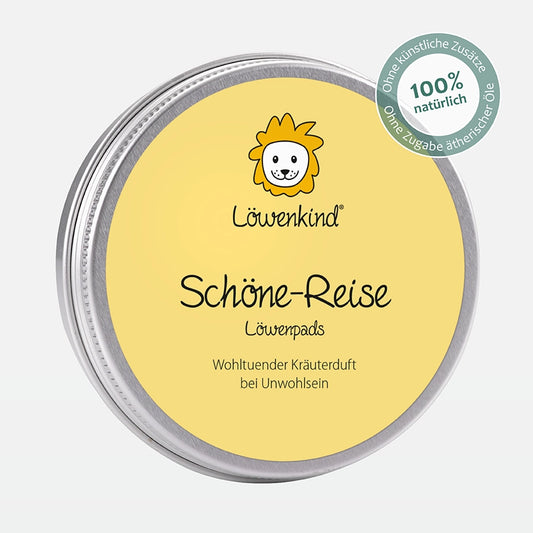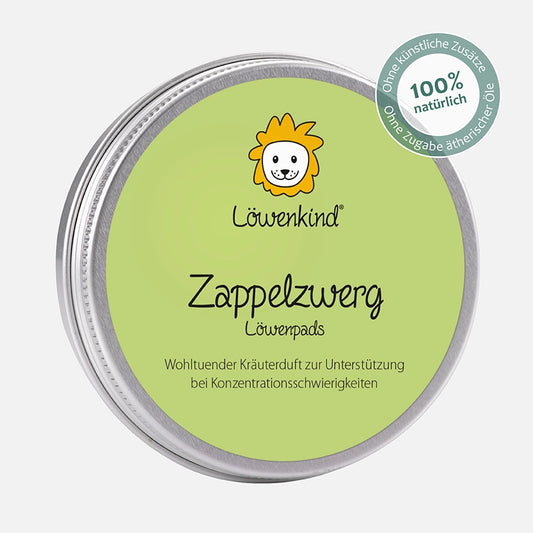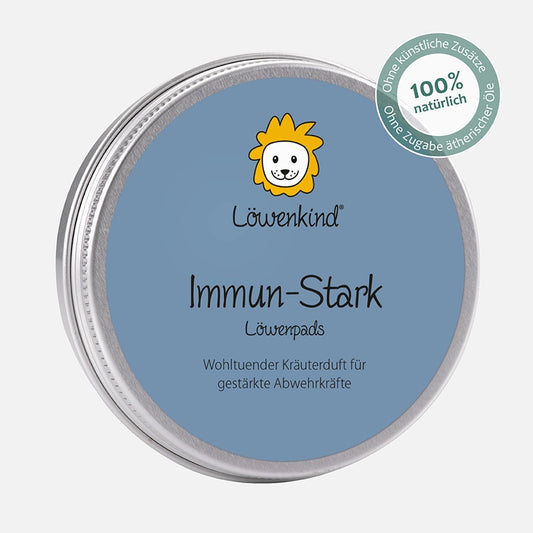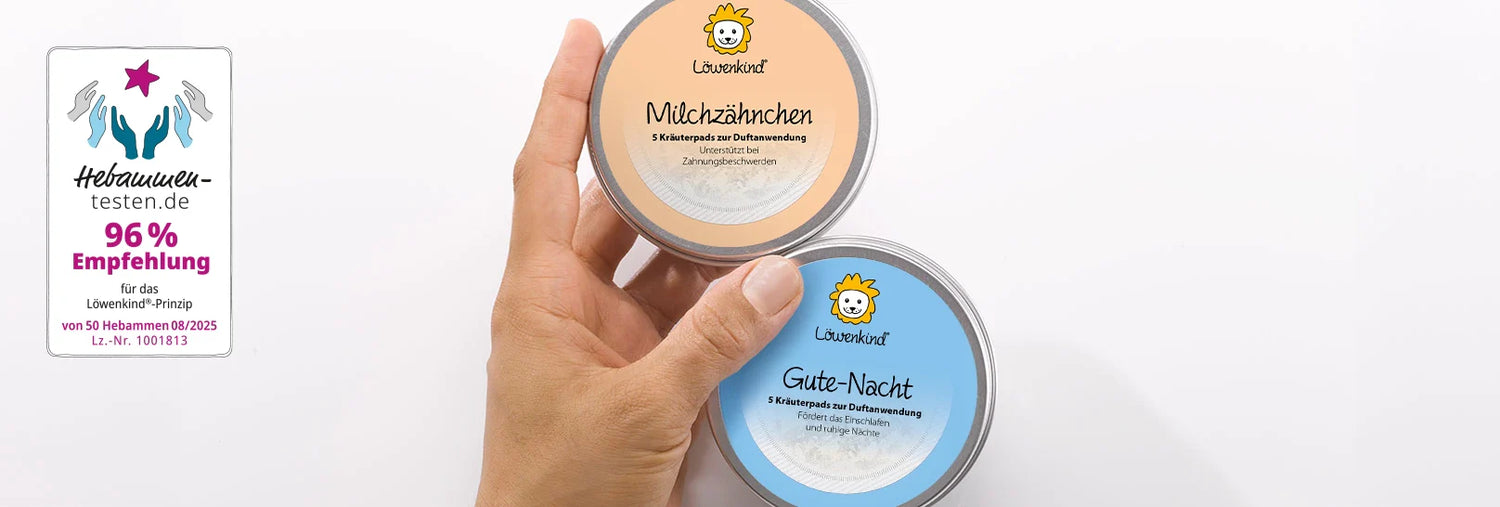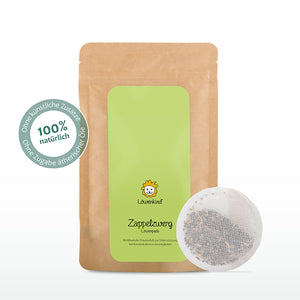St. John's wort, botanically known as Hypericum perforatum , is a well-known and relevant medicinal plant. Due to its numerous health-promoting properties, particularly in supporting mental health, St. John's wort has secured a firm place in traditional and modern herbal medicine. In this article, you will learn more about the occurrence, characteristics, and uses of St. John's wort, with a special focus on its use in children.
Occurrence and introduction
St. John's wort is widespread in Europe, Asia, and North Africa and prefers sunny meadows, roadsides, and forest clearings. The plant is easily recognizable by its bright yellow flowers, which are in full bloom around the summer solstice, around St. John's Day (June 24th)—hence the name St. John's wort. The plant grows up to one meter tall and has small, oval leaves that, when viewed against the light, reveal small, dot-like translucencies. These dots are filled glands that contain the plant's valuable nutrients.
Active ingredients and properties
St. John's wort contains a variety of bioactive substances, including flavonoids, hyperforin, and hypericin. These substances give the plant its calming and mood-enhancing properties. They have a positive effect on the nervous system and are traditionally used to support mild to moderate depression and anxiety.
Instructions for use
St. John's wort can be used in various forms, including tea, oil, extract, or dried for fragrance application. Especially for children, it is recommended to use St. John's wort in a mild, not too concentrated form. For this purpose, the plant can be used in fragrance to avoid overstimulating children.
Conclusion
St. John's wort is a versatile herb with numerous beneficial properties, particularly in the area of mental health. However, caution is advised when using St. John's wort, especially with children. Using dried St. John's wort as a fragrance source is a recommended alternative, offering a gentle effect without the risks of highly concentrated products. When used consciously, St. John's wort can help create a calming and relaxing atmosphere.
Dive into the secrets of medicinal plants and discover more about herbs in the blog .





